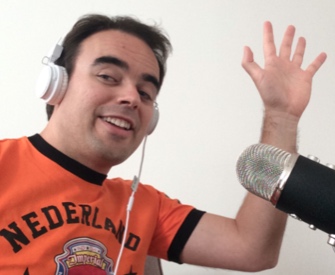Flessenlikker, flessenschraper…!? A typical Dutch device!
CLICK HERE to subscribe to my Youtube channel
The Netherlands is a relatively small country. But with a lot of people living in a small area, the Dutch have managed to develop their own little culture, our their way of living with typical things and events.
To see how well integrated the students of the BLC summer school were, we gave them something that is seen as typically Dutch.
This thing had a long handle with a small flexible semi-circular leaf-shaped thing at the end of it…
What is this typical Dutch item?
So we showed the students in the video this item and said it was something that symbolizes Dutch culture and the Dutch people.
Is it for torture? Is it for the garden? To clean the mirror maybe?
The foreigners had no clue what it is… and their guesses in the video above are hilarious.
But what is it then? What could you do with it?
It’s a Dutch flessenlikker
The word we are looking for is … flessenlikker!
If you look at the word you see ‘fles’ and ‘likker.’ You can translate these words to ‘bottle’ or ‘jar’ and ‘licker’, so it would be a ‘jar licker’. It sounds a bit strange and, maybe, Dutch. But what is it really?
The history of the flessenlikker
Before the sixties, milk was not sold in cartons or plastic bottles, it was delivered in glass bottles. During that era, the dairy companies came up with new products, such as yoghurt and vla (custard). And not only dairies, but also manufacturers of other products, such as peanut butter, jam, sauces, were inspired to use glass containers.
The only problem, there was a lot left in the jar or bottle at the end!
How does it work?
The way that this Dutch device works is simple:
- You put the flessenlikker in the bottle and thanks to the long handle, you can reach the bottom of the bottle.
- Put the scraper against the glass, under the food you want to get out.
- Carefully pull the flessenlikker out of the bottle.
- Now enjoy your bonus food!
Thrifty and dairy – only the Dutch could come up with something like this
As you might know the Dutch are known for being thrifty. And this flessenlikker shows how much they value the things they have paid for.
5 Typical Dutch expressions about being economical
To make this clearer, here some examples of typical Dutch expressions about being zuinig.
- De zuinigheid brengt rijkdom in.
Thriftiness brings wealth.
- Wie spaart, vergaart.
He who saves, accumulates.
- Een stuivertje gespaard is een stuivertje gewonnen.
A penny saved is a penny won.
- Overdaad schaadt.
Excess harms.
- Wie het kleine niet eert, is het grote niet weerd.
He who doesn’t honor the little is not worthy of the great.
But maybe it’s even more of a Dutch device because it’s all about dairy products. The Dutch love dairy products. Just think about their lovely cheeses!
Why do the Dutch eat and drink so many dairy products?
The answer to this question is …. water!
Yes, that’s really the answer to this question. It has to do with water and the land and the fertile conditions in which cows live in the Netherlands. Maybe because of that, the Netherlands is in the top 3 countries that drink the most milk in the world.
50 litres per person per year!
Not only milk, but also cheese and other dairy products from the Netherlands are known to be of good quality.
The Netherlands is what you could call a real cheese country. That’s because they have been making cheese for a long time and they still like it. An average person in the Netherlands eats about 20 kilos of cheese a year.
So the stereotypical Dutch lunch (a sandwich with cheese and a glass of milk) might just be true!
It’s not to everyone’s taste. But on the other hand, there are people who claim its really healty. Some people even believe that’s why the Dutch are the tallest people on earth.
Is the flessenlikker popular?
Yes and no.
Maybe nowadays not every Dutch person owns one. But it used to be in every household. Most people would still recognize it, but you won’t find it everywhere.
From the reactions in the video:
Nowadays there are only a few bottles in the shop. You would use this scraper to get the custard out of a bottle, for example. But now most packaging is made of cardboard, it’s not so strange that many young people here don’t know what this is…
And I agree with this reaction.
On the other hand. During the financial crisis a few years ago, people had to live a bit more zuinig (economically). During that time, there was an exponential growth in the sales of flessenlikkers in the Netherlands.

Bart de Pau
online Dutch teacher & founder of the Dutch Summer School & Dutch Winter School


